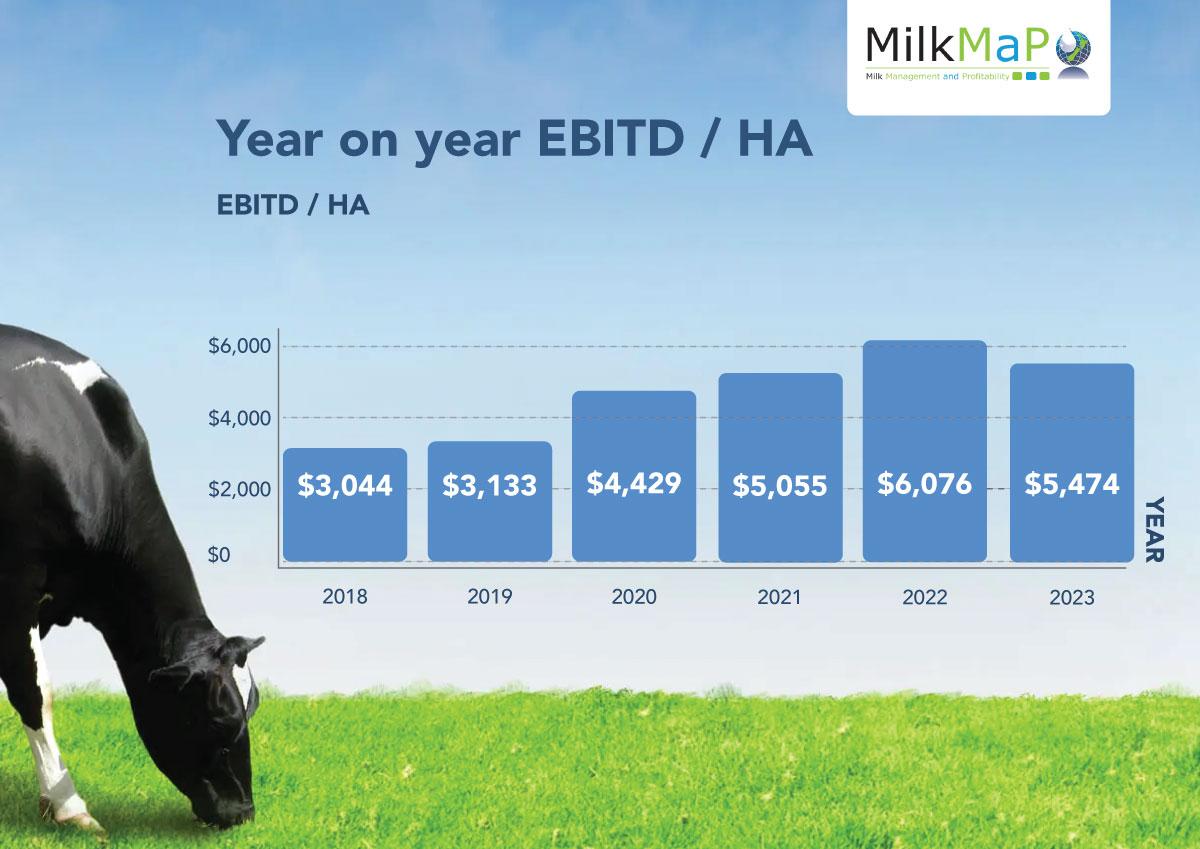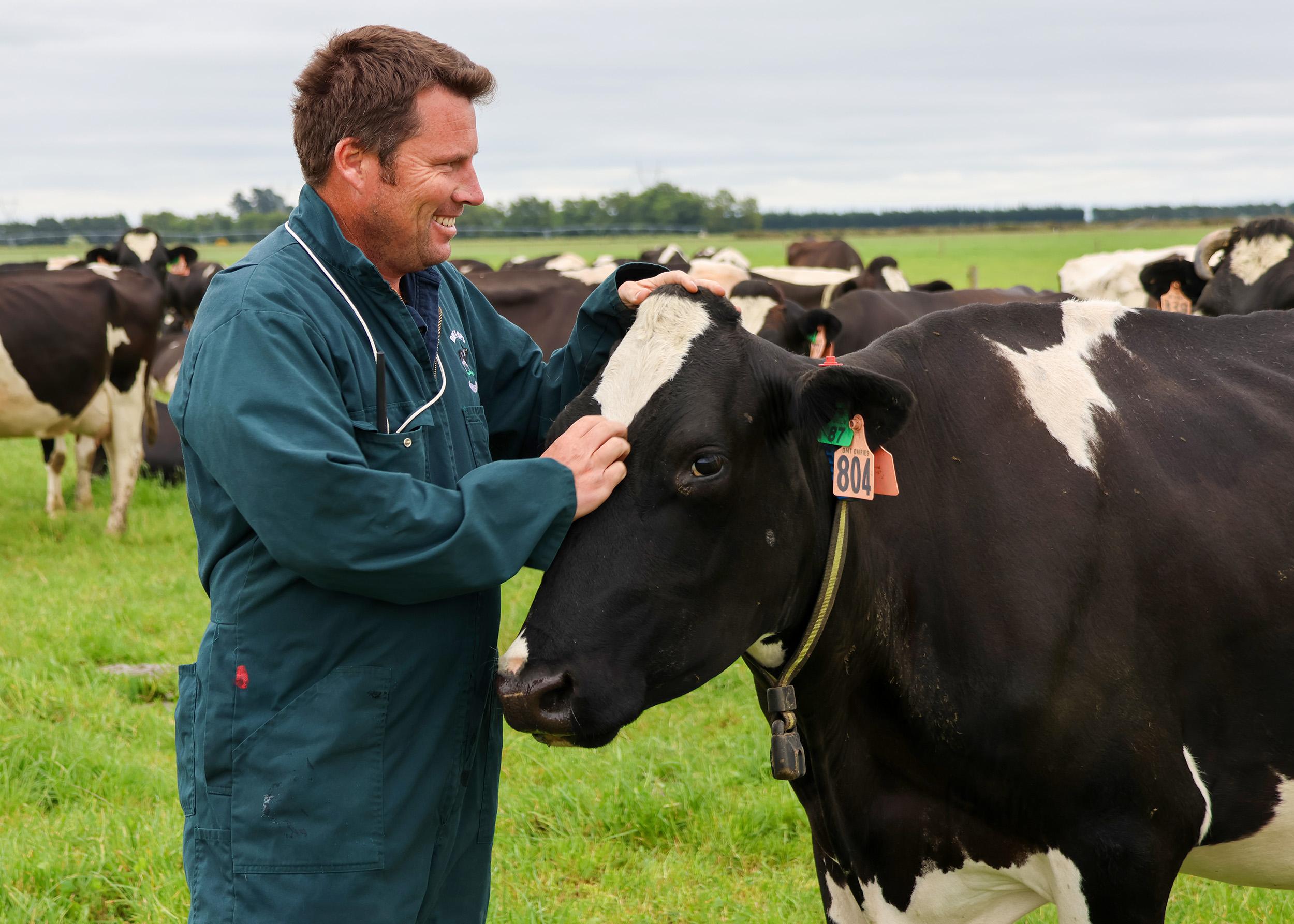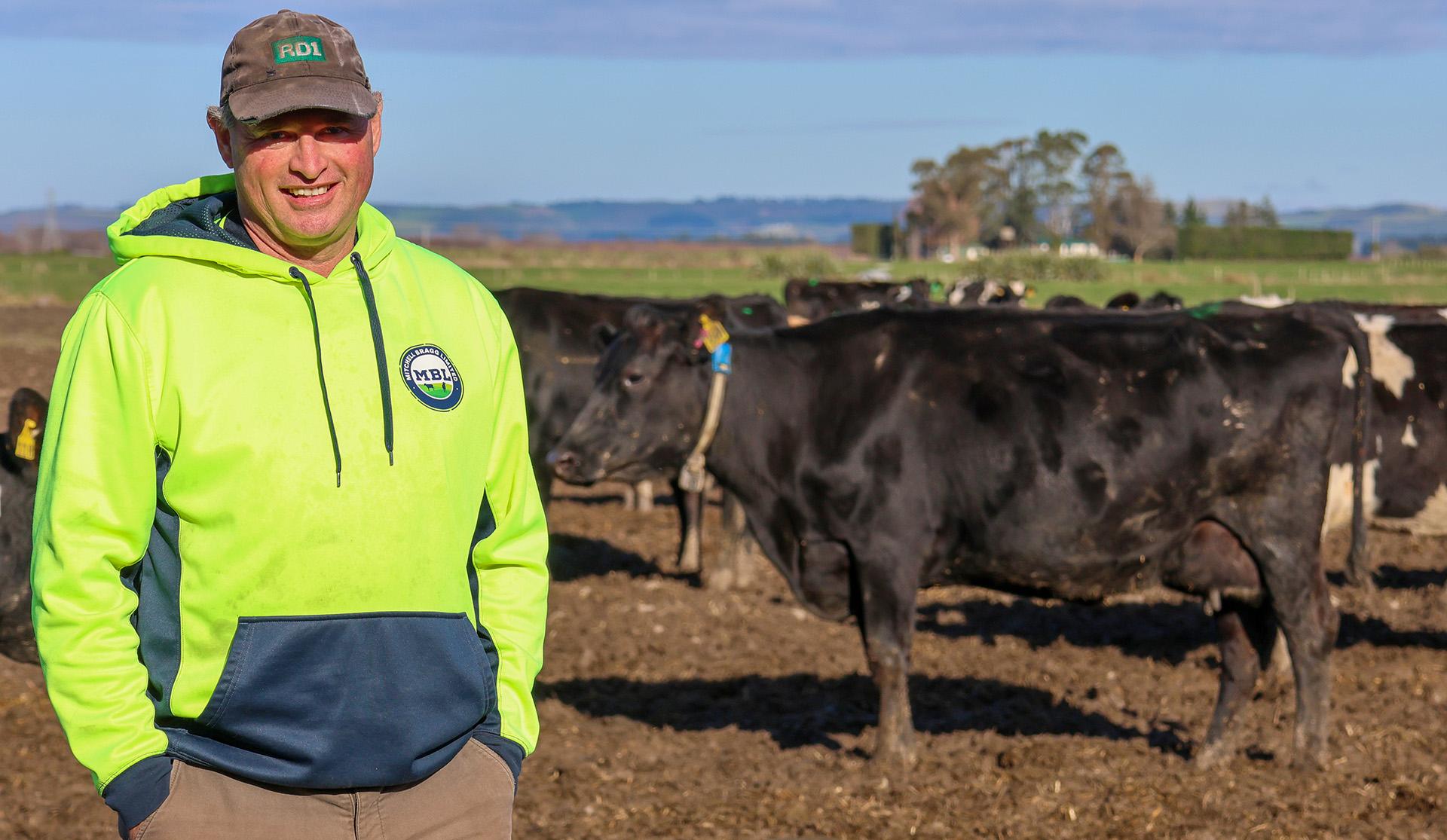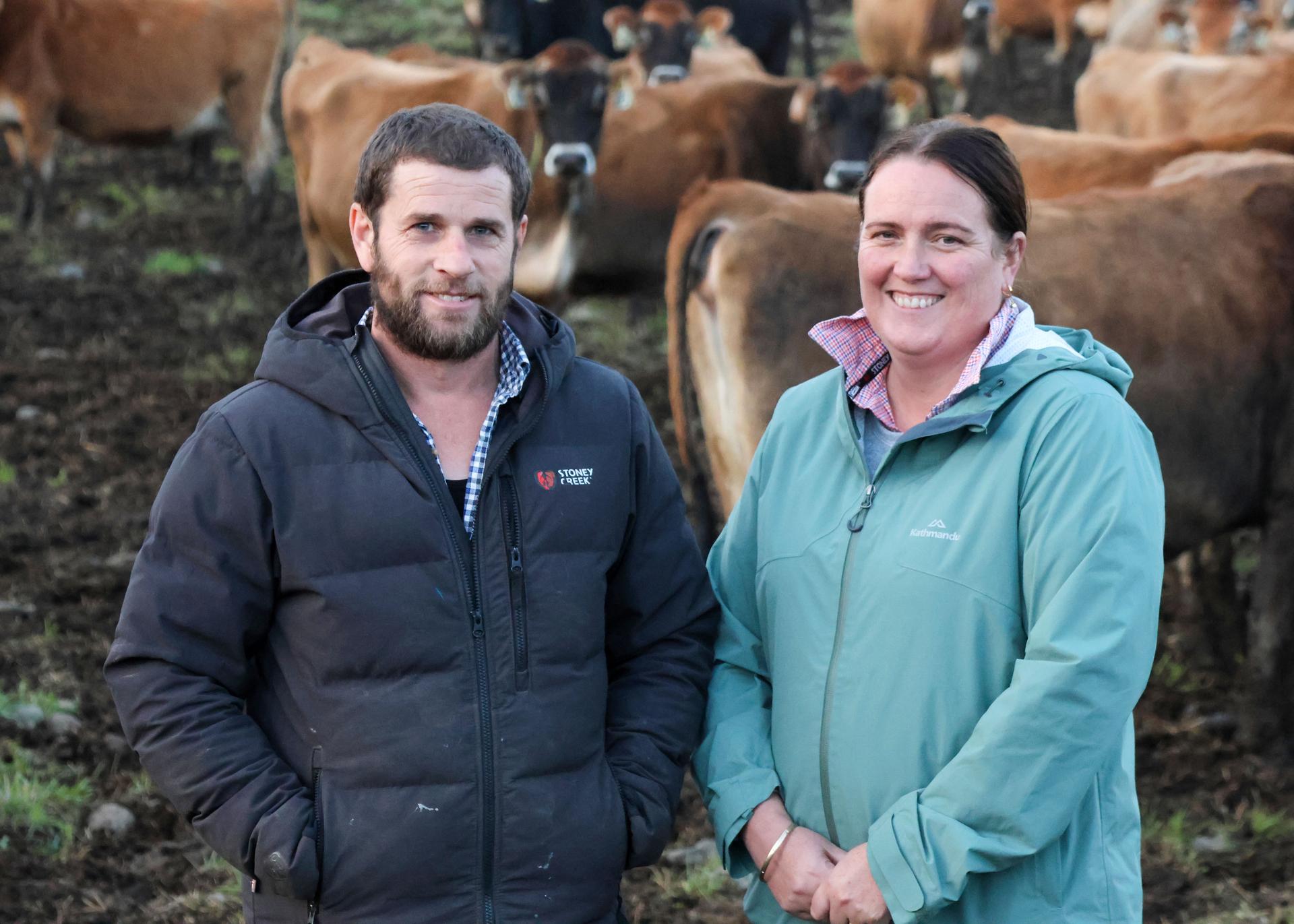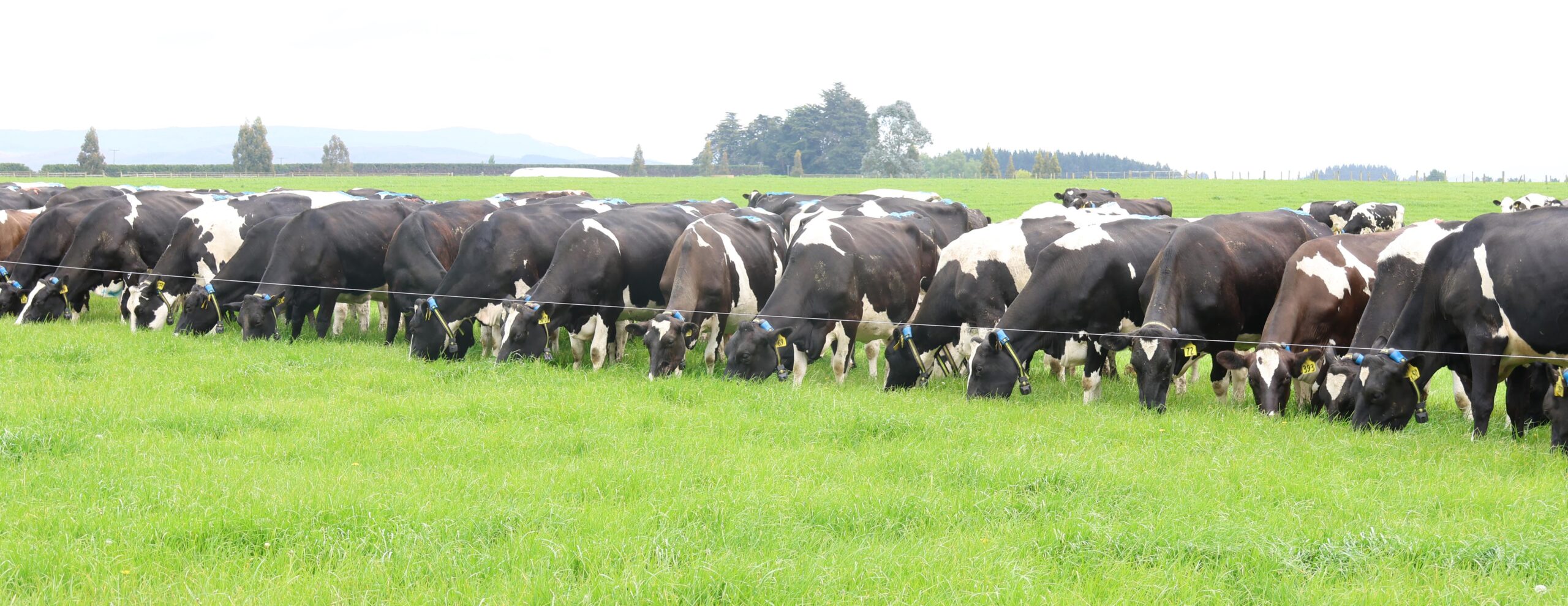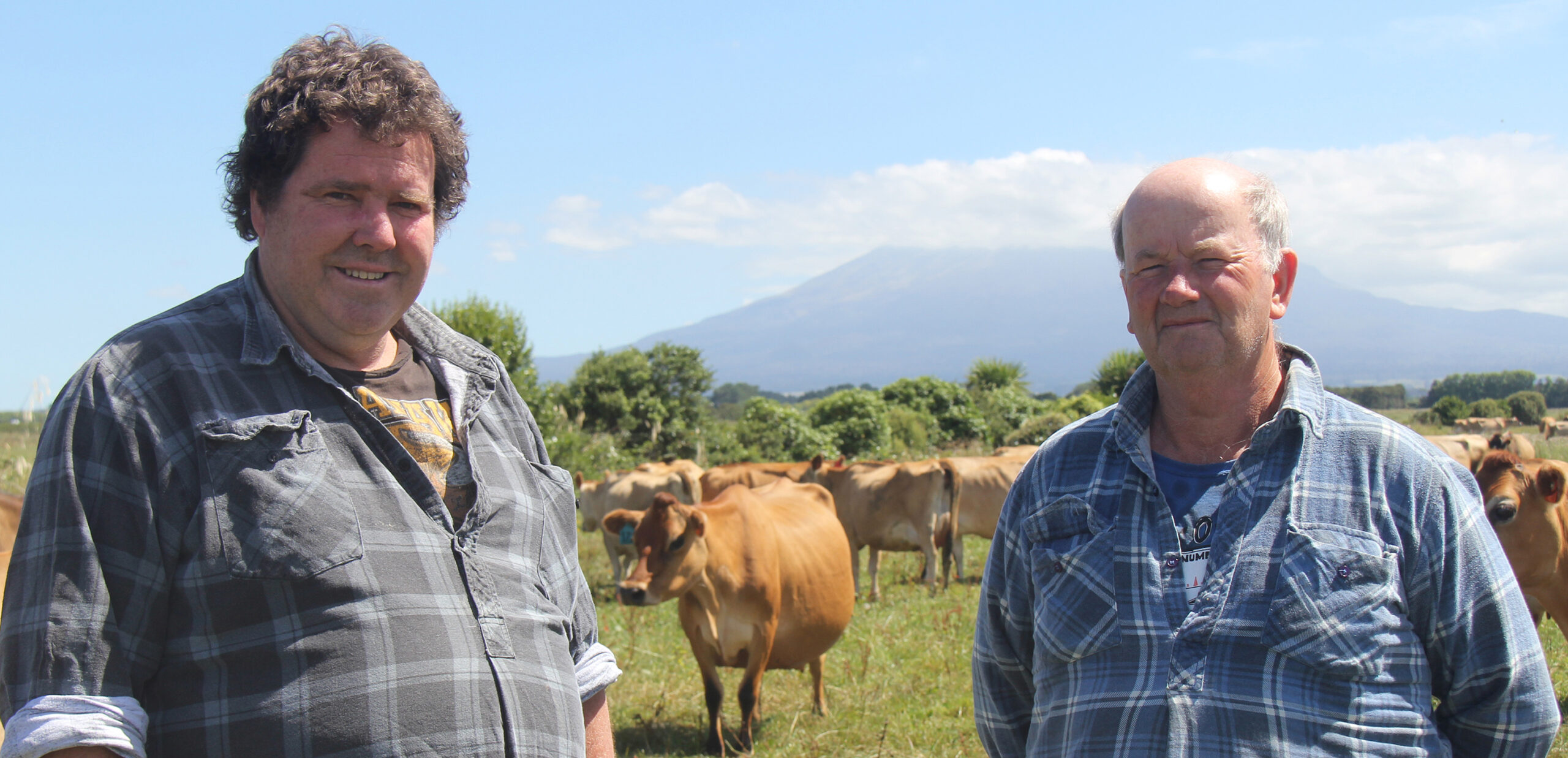New Zealand dairy farmers may know how to grow grass, but turning it into milk remains a challenge, according to Dairymaster course presenter Neville Prendergast.
MilkMaP Consulting recently ran a series of two-day Dairymaster training courses in New Plymouth, Ashburton, Winton, and Timaru. The interactive sessions included working examples of pasture management, herd management and profitable dairy feeding strategies. The goal was additional bottom-line profit.
“There is so much more production capacity in our herds out there,” Neville said.
“What we are missing in New Zealand is that we are really good at growing grass. But, not at understanding how we turn that grass into milk. That is the missing link. And, that is what we are trying to help our farmers achieve more efficiently.
“Because, dairy farmers get paid for the milk they produce, not the grass that they grow. And, we wanted everyone to gain a better understanding of how to grow the most grass, turn that into milk, and to understand the financial consequences of that – with or without – the strategic use of supplements.”
Grass is a fickle king
Neville said New Zealand dairy farmers had done a great job of whittling down their working expenses as far as they could, and there was precious little room left to cut more cost.
“The only way we can make dairy businesses any better from here is by getting more milk out of those cows, through being more efficient with our grass, and producing more milk per cow,” he said.
The challenge in that assertion is that while “grass is king”, it is also a fickle part of a complicated equation.
“Today’s grass is different to spring grass, and spring grass is different to summer grass,” Neville said. “So, while we’ve got this really great grass space, it is changing on us all the time. As farmers, when that staple diet changes, we have to be conscious of how that impacts our cows. And, we need to listen and respond to them.”

MilkMap senior business consultant Rensinus Schipper is passionate about what can be achieved on New Zealand dairy farms.
Course filled important gaps
Twenty-eight-year-old Sarah Johnson was at the Timaru seminar, representing her family’s Kolmar Dairies. Kolmar milk 1600 cows on 500 hectares through a 80-stand rotary at Rolleston. They milk Holsteins, and an increasing number of Montbeliarde cows (the second largest dairy breed in France and Ireland). Sarah returned to the family operation from her Christchurch-based career two years ago. She said the course had filled in some important gaps for her. Kolmar Dairies converted their former cropping farm into a dairy in 2012. They house their cows to give them a better winter environment, and to allow the operation to fully feed the herd within a higher production system.
“It was great to be in a room with like-minded people,” Sarah said. “We were all there to learn, and there was quite a range of systems represented, which was really interesting.
“For me personally, I wanted to understand the feeding overall. I know we feed a TMR [Total Mixed Ration], but to understand why we feed that mixed diet was important with regards to the NDF [Neutral detergent fibre – the most common measure of fibre used for animal feed analysis]. That’s what I was hoping to get out of it, and that’s what I definitely did get out of it.
“I’d absolutely recommend for other people to do it and I’d definitely be keen to do other courses with them.”
She said Kolmar Dairies has been using MilkMaP’s Andrew Trounce as its consultant for five years.
“We didn’t tip everything upside down when Andrew came on-board, but every time he visits he adds some value to our operation, and we’re always learning. He’s got a great handle on the whole business.”
Taking advantage of grass requires understanding
The feedback on the Dairymaster courses has been overwhelmingly positive across the board, Neville confirmed.
“Times are tough, people are trying to work out how to do things better, and they are not scared to learn new things,” Neville said.
“What they can take away can make big differences. One of the guys has already made some significant changes on his farm, he’s seen the difference in the cows’ behaviour straight away, and that’s what we like to hear.”
A small shift in numbers and decisions at critical times can be game-changing, he said.
“The majority of New Zealand dairy farmers lack understanding about how to take advantage of our high quality grass. And, in doing so they also miss the point that their cows need to be fully fed if they want to get the most efficiency out of them.
“Fundamentally, that’s the disconnect we are trying to help bridge.”
The next round of Dairymaster courses will be held in Matamata (June 21-22), Southland (June 24-25), Timaru (June 28-29), and Ashburton (July 1-2). They will cover – profitable feeding strategies – calf rearing, heifers and getting cows in-calf – and, pasture utilisation, pasture conversion and nutrients.
For more information, please contact 0800 662 667 – email: office@milkmap.nz or web: www.mikmap.nz



